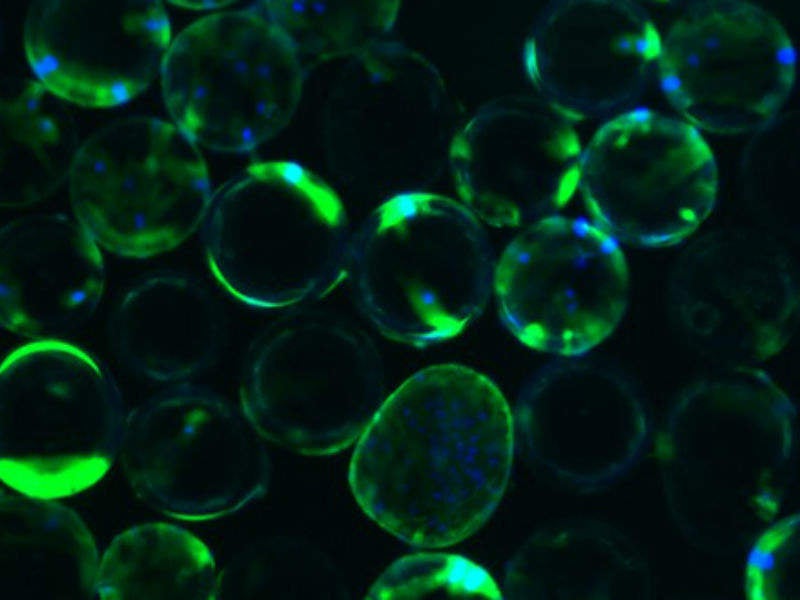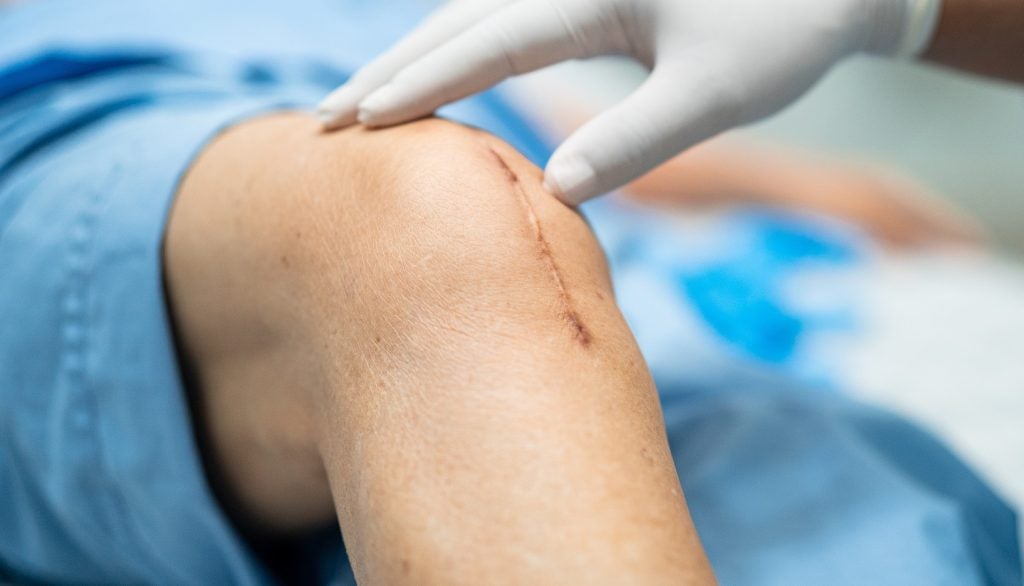
Scientists at Swinburne University of Technology in Australia have developed stem cell technology capable of growing the vast number of stem cells required for use in 3D printing to create patient-specific bone and cartilage.
The stem cell technology is called BioSphere and is being developed in collaboration with St Vincent’s Hospital in Melbourne to support the creation of the hand-held 3D printer device known as Biopen.
The Biopen is filled with stem cell ‘ink’, enabling surgeons to repair damaged bone and cartilage by essentially drawing new cells directly into any damaged areas of bone during surgery.
Swinburne University researcher Yashaswini Vegi created the BioSphere technology as part of her PhD project in partnership with St Vincent’s.
Swinburne scientist and supervisor to Vegi Dr Nicholas Reynolds said: “In the near future it will be possible to use a patient’s own stem cells to quickly and successfully repair damaged cartilage and bone.
“This is possible thanks to stem cells’ unique ability to transform into different cells and tissues, enabling us to regrow bones and cartilage inside the patient.
How well do you really know your competitors?
Access the most comprehensive Company Profiles on the market, powered by GlobalData. Save hours of research. Gain competitive edge.

Thank you!
Your download email will arrive shortly
Not ready to buy yet? Download a free sample
We are confident about the unique quality of our Company Profiles. However, we want you to make the most beneficial decision for your business, so we offer a free sample that you can download by submitting the below form
By GlobalData“In order to do this, stem cells are extracted from the patient, grown in the lab and transformed into the desired tissue type before re-implantation into the injured body part via the Biopen.”
Reynolds believes progress in this field has been slow due to a lack of means of generating the large quantity of stem cells required for successful treatments and the difficulty of collecting cells from the ‘dishes’ they grow in without damaging them.
The BioSphere technology replaces the growing dishes with thousands of polymer beads, which are less than a millimetre in diameter. The researchers claim that the beads will enable them to generate more cells than currently possible due to the vastly increased area they provide for cell growth.
Reynolds added: “The surface of the beads will be coated with light sensitive nanoparticles that do not affect the cells’ growth until the particles are activated with an infra-red beam.
“At this point the activated nanoparticles cause the cells to gently detach from the beads, and can be easily recovered for re-implantation into the injured patient.”
The Biopen is one of 11 projects selected for the first round of the Australian Government’s $35m BioMedTech Horizons program investment, which was recently announced by the Minister for Health.




